Can you imagine what it would be like to live in constant fear? For over 65 million people around the world, that’s their reality. Wars orchestrated by shadowy faces in distant rooms explode into destructive reality on city streets. Death and disaster walk hand in hand with families who are just trying to survive.
One day, something snaps. Maybe it’s the destruction of a familiar street. Perhaps a family friend mysteriously disappears. More likely, it’s the death of a parent or child. When that degree of loss becomes a daily reality, how could you choose to stay in a place where you live not knowing if you’ll survive until tomorrow?
It’s not surprising that, if you can, you take your loved ones and run.
The vast majority of people who leave their homes and countries are doing so because they feel that they have literally no other choice. In many cases, they’ve survived conditions that you and I can’t even imagine. It’s impossible to underestimate the harm that living in a war zone can do to a person’s psychological state. Many are also carrying physical wounds from the conditions they’ve survived.
You arrive at a supposed place of safety, the place that you’ve been promising yourself and your family will change everything. But instead of somewhere you can start over, you’re confronted with an overcrowded camp, lack of food, and utterly inadequate housing and hygiene.
Around the world, the number of refugees is rising every year. Half of all refugees live in unstable situations with asylum applications dragging on for months or years. Political violence, armed conflict, famine and disease aren’t going away any time soon. If current trends continue, 1 in 100 people will be a refugee in the near future.
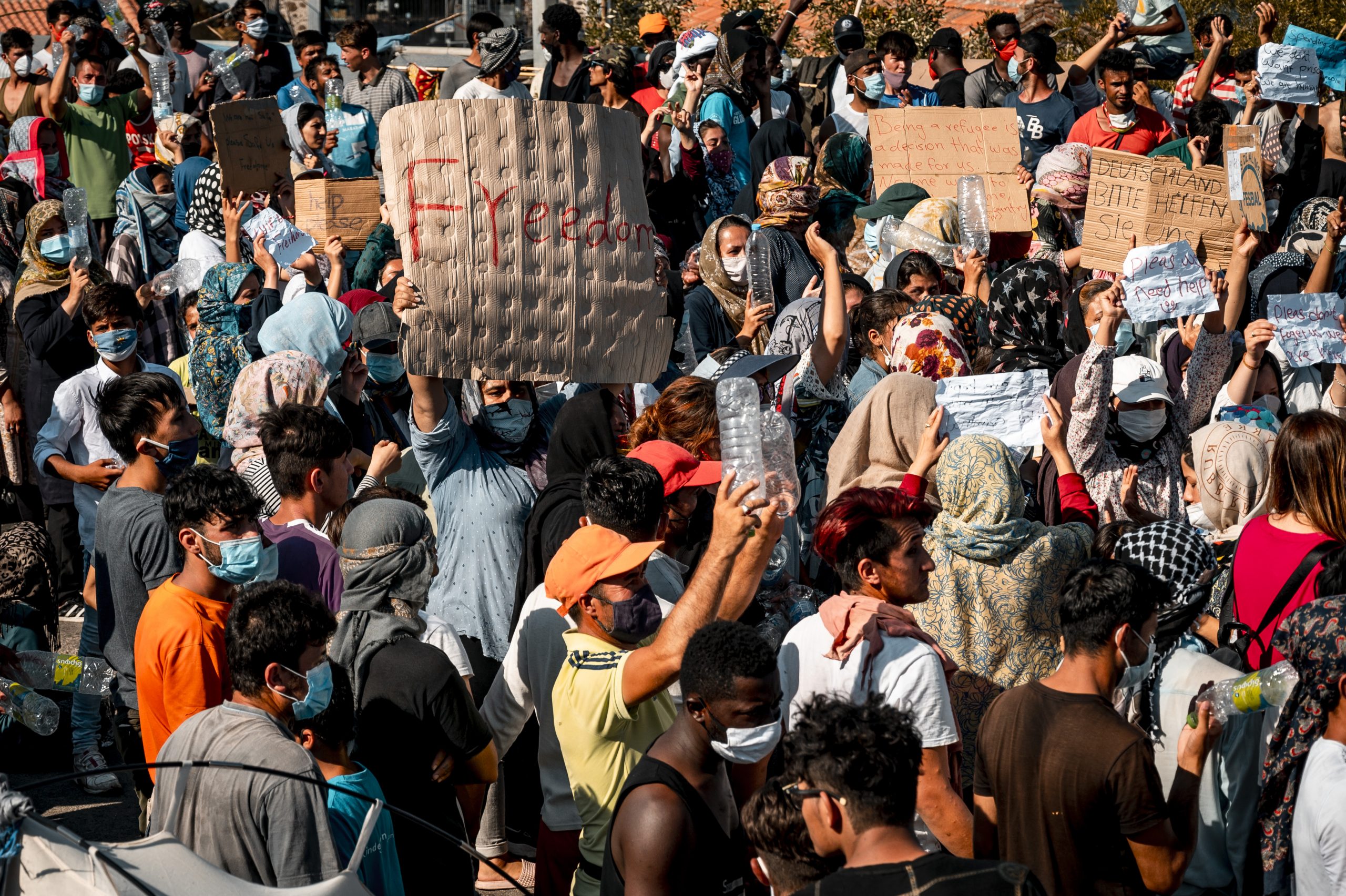
Wars and disasters have long-term psychosocial and mental health consequences
It’s easy for most of us to understand the physical damage that wars and disasters inflict. You can see for yourself missing limbs, open wounds and scars. What’s often much harder to understand is the mental health consequences that many refugees are struggling with.
When they reach their final destination, a lot of refugees are still trying to process the awful conditions that they’ve fled from. Then, instead of somewhere safe and welcoming, they’re thrust into overcrowded and inhumane refugee camps. I think we can all understand how being treated as less than human would affect you.
Thanks to the work of many dedicated individuals, we’re beginning to get a better understanding of the psychosocial issues affecting many refugees. We now know that a lot of the mental health consequences of these sorts of events aren’t short lived. Not only can they last a lifetime for the individual, but they may also affect future generations.
It’s worth bearing in mind that most refugees have an incredibly strong determination to survive and improve their circumstances. The ability to overcome incredible odds to start a new life in a different country shouldn’t be underestimated. These are not people to be pitied.

He suffers from PTSD and has terrible nightmares
Afsana and Ahmed escaped from Iran after their son was raped on his way home from school. They tried to report the incident but because they were Afghan refugees in Iran, the police started threatening and harassing them. They decided to leave the country.
Together with their two daughters and son, who was heavily traumatised, they travelled through Turkey. There, they were separated from other family members and carried their little 8-year-old nephew Rasheed along with them. Rasheed is suffering from PTSD and has terrible nightmares. The children have no space to play and no school to go to. They were living in the olive groves around Moria camp without protection.
Their asylum procedure is currently pending for review. After Moria camp burned to ashes, the family was homeless, displaced on the road between Moria and Mytilene.
They gather food from NGOs every day and sleep on the concrete every night, waiting for a positive answer to come, with the hope they can either be accepted by Greece or by any country in Europe that can offer them a safe place and the protection they need.
* Names are changed to protect the people.
What have refugees typically experienced?
Traditionally, the refugee experience is divided into three sections to allow for an understanding of an individual’s situation. The three parts are preflight, flight, and resettlement.
The preflight phase is what happens whilst people are still in their home countries. This could be considered the most integral part of the refugee journey, since it’s the driving force behind leaving the known and becoming a refugee. In psychology terms this type of pre-migration driving force is called ‘ push factors ‘.
This phase often includes both physical and emotional trauma suffered by the individual or family unit. This can be indirect, such as the witnessing of murder and social upheaval, or more direct, with actual involvement.In countries subject to armed conflict, both adults and children can be forced to participate in violence. It may be voluntary, but more often, as in the case of child soldiers, it’s not.
Flight involves an uncertain journey from the home country to the resettlement site. This is often a trip fraught with dangers and may involve exhausting travel, refugee camps, and detention centres. At many borders there are measures in place to actively deter refugees – they may be turned back to their country of origin, attacked or imprisoned.
Children and adolescents are often separated from their families during this part of the journey. Eventually these young people end up at the mercy of others for care and protection. No matter how well-meaning their new protectors are, these children suffer significantly from being separated from their families. And they are most vulnerable towards mental health issues when compared with peers.
The resettlement process presents its own challenges. Once they’ve successfully navigated the many challenges of relocating to a new country, people now have to try and adjust to this new place. They’re confronted with loss of their known culture, community, and language and now need to adapt to a new and foreign environment.
This is an area where children may actually find it easier, in contrast to the rest of the experience. They usually pick up new languages and cultural norms more quickly than their elders. This allows them to integrate into their new environment with greater ease.
You can see, though, how each of these stages presents its own unique challenges. Events that happen through each phase of the journey can either contribute to or protect against mental health conditions.
More importantly, the same experience can affect two people in completely different ways.
“Should I have stayed there quiet just because I am a hazara woman?”
Maryam was sexually abused when she was 8 years old in Afghanistan. She was stigmatized in town because her parents thought no one else would ever marry her following her abuse, and that she was the shame of the family for possibly not being virgin.
At the age of 16, her parents decided to arrange the marriage between her and an alcoholic man in the village, known for his negative reputation. Her parents thought that no one would want her, ever.
During the years she was married while still being a child, she was beaten and raped repeatedly by her husband until one night, she looked into the moon and decided to materialize that thought that had been in the back of her head for months. She took a bag, carefully opened the door, went out of the house… And left.
She started her journey to Europe alone. “He could have killed me that night, had he found me. My parents do not want to see me again… But what else could I do? Should I have stayed there quiet just because I am a hazara woman? I could not do that to myself”.
* Names are changed for protection
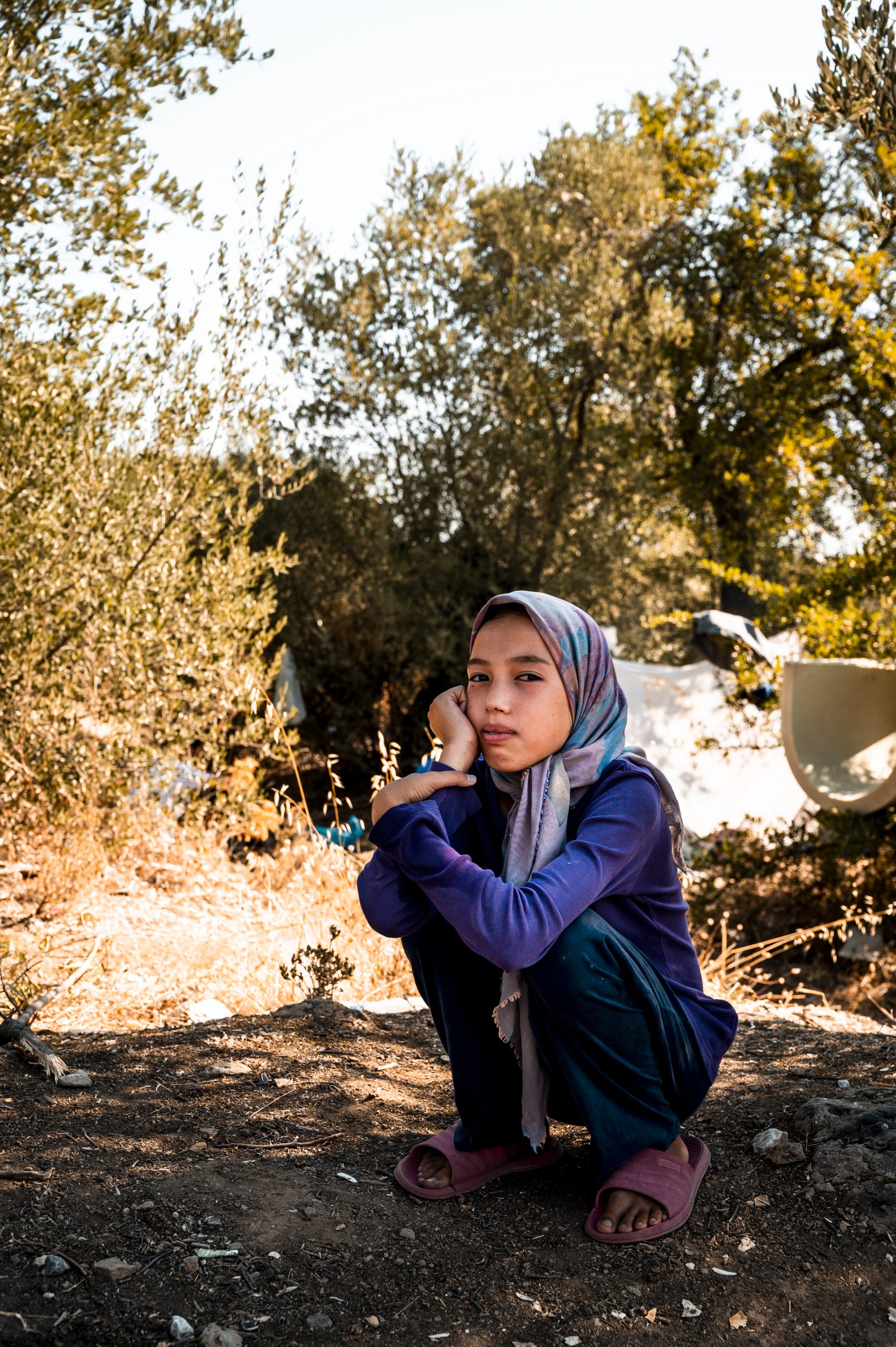
What happens to the mental health of young people who have been forcibly displaced?
It can be easy to fall into the trap of thinking that leaving your home and country is a choice. For many, that’s simply not the case. Forcible displacement is the phrase used to describe having to leave your home because it has become unsafe to remain. Most of us would colloquially refer to these people as refugees.
Like adults, children and adolescents have different lived experiences that have led to them becoming refugees. For many, their entire lives have been spent experiencing both interpersonal and community violence. Their future has always been shrouded in a haze of uncertainty, they fear personal or family persecution, the violent loss of loved ones and a very insecure environment.
Some young people may have been exposed to greater violence, such as war, over a shorter period of time. There are some areas of armed conflict where these adolescents would have been conscripted into the armed forces as “child soldiers”. They’ve not only been exposed to, but also forced to inflict, violence that is utterly unimaginable to most of us.
Some children are lucky enough to survive the journey to a new country with an intact family. Others may have lost their parents and caretakers long before they fled their homes. Still more may lose their families along the way.
Research suggests that asylum seekers are five times more likely to have mental health needs than the general population. More than 61% of refugees will experience serious mental distress at some point in their journey. Young people are just as susceptible to these issues and research shows that the mental health of their parents is a key protective factor for them.
It’s incredibly disheartening, therefore, to discover that refugees and asylum seekers are considerably less likely to receive the support they need than the general population.

“It won’t be that bad if I die here”
Zarlasht was raped by her father, a member of the Taliban. He used to let his colleagues do whatever they wanted to her, including a lot of violence. She was tortured and lost an eye because of it. She was systematically beaten everyday. Her mother was dead and her older brother would not protect her…
Until one day, when he told her to flee to Europe. During the journey they had to spend months in Iran and Turkey, living in the streets or trapped in the smugglers’ apartments. She was repeatedly raped by her brother, beaten by the smugglers and the police at the borders.
During the way to Lesvos by boat, she was terrified: it was a cold dark night, there was no distinction between the horizon and the sea, and she could feel how fierce the sea was in contrast to a very weak plastic boat. She thought she would die at any moment. Everyone in the boat was desperate and terrified, but she looked at her brother and thought “it won’t be that bad if I die here”.
But there was no shipwreck, and they all could land safely on the island. It took one last dramatic episode of violence to recover her power, but she could finally register as an unaccompanied minor and claim she was not the sister of that older man who was chasing her. She was protected by the authorities and sent into protective custody away from her brother.
* Names are changed for protection
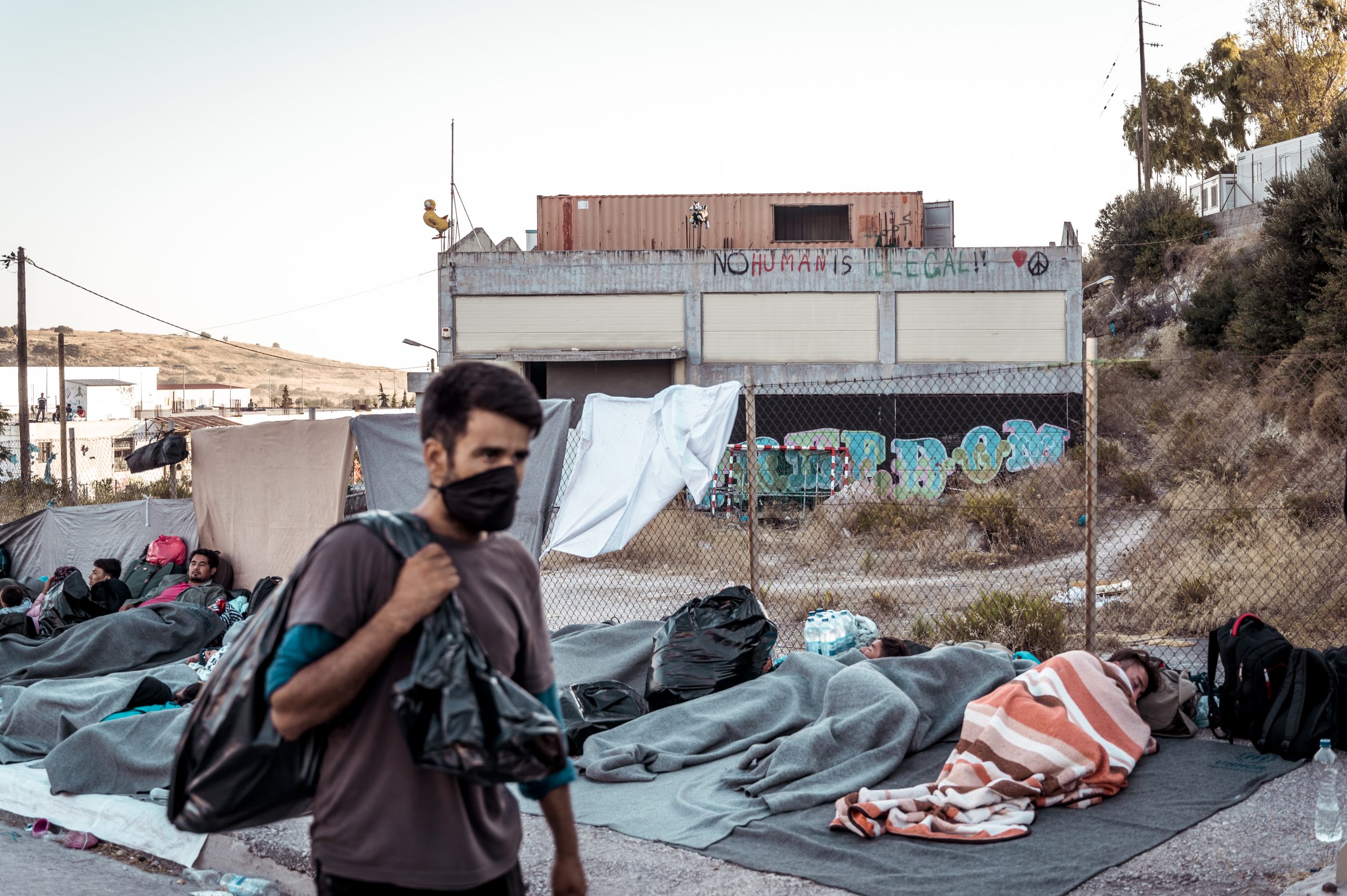
What mental health issues are suffered by refugees?
Whilst everyone is different, there are often experiences that are common amongst many refugees. Traumatic experiences in their homelands may include war, physical and sexual violence, torture, extreme hunger and thirst. Often, there is a longstanding fear for their lives and those of their loved ones.
All of these psychologically disturbing experiences lead to the possibility of extreme anxiety, a sense of helplessness, loss of confidence in the future and general distrust of others.
One in three asylum seekers and refugees experience high rates of depression, anxiety and post-traumatic stress disorder (PTSD). These may all occur simultaneously or individually. PTSD in particular can be hard to manage and diagnose, especially in children.
These people may experience flashbacks of their traumatic situations, sleep and concentration disorders as well as dwelling on thoughts associated with past trauma. It’s very common that they will lose trust in other people. This lack of trust makes not only psychological treatment difficult, but also any required interaction with officials in the new host country. Nevertheless, it is hugely important to integrate particularly children and adolescents in the host society to promote their mental health, as, for instance, studies with refugee students could show such positive effects.
Other mental disorders are common and include depression, generalised anxiety, panic attacks and adjustment disorders. Although you can’t predict who will develop specific conditions, we’re constantly gaining a better understanding of who is most at risk. The number of experienced traumatic events, delayed asylum application processes, being kept in detention and the loss of culture and support systems are all known risk factors for developing mental health problems.
Unfortunately, there is often continued stress once the supposed end destination of the journey is reached. Think about how tense you feel when you’re stressed – headaches, muscle tension, lack of concentration and the associated worry that there might be something seriously wrong with you.
Imagine that going on for weeks or years and it’s easy to understand how the physical concerns can exacerbate the psychological. This leads to a vicious cycle of increasing anxiety, depression and physical complaints amongst many refugees. Psychologists call the anxiety and depression complex, particularly in children and adolescents, “internalizing symptoms”, while “externalizing symptoms” are, for instance, drug or alcohol abuse and aggression.
Understanding PTSD
“To understand the solutions for PTSD and other complex trauma’s we must go back to Maslow’s Pyramid,” says Myriam Correa Zamora previous Psychosocial Support manager on Lesvos. “The first needs to be covered are physiological needs (these are air, water, food, shelter, clothing, reproduction) and safety needs (such as personal security, employment, resources, health and property).
If these two needs are guaranteed, people could then move on to the next levels, which are love & belonging (where healthy relations and personal networks are created), esteem (where social and emotional skills are developed) and self-actualization (where trauma is overcome).
“However, in refugee camps like the one on Lesvos, the first needs aren’t guaranteed. Thus, complex traumas accumulate amongst the population, of which children are always the most vulnerable,” Myriam Correa Zamora concludes.

Syrian boy (14) commits suicide in The Netherlands
According to his parents, it was a sheer act of desperation. A life of fear has turned their 14-year-old son Ali Ghezawi dead. The Syrian refugee committed suicide in April on the grounds of asylum seekers’ center in Gilze, The Netherlands. “He’d been through too much.”
Ali’s younger brother Mohammad (12) holds a big book. “Anatomy” is the title of the book that Ali was reading for a couple of months. “My brother wanted to become a heart surgeon and learned this book by heart about how our bodies work. I looked up to him very much, thought it was great that he could read English. Ali even spoke five languages, he could also speak Dutch better than any of us.”
But Ali also had a lot of grief. He could not accept that his family would not be able to rest after fleeing war-torn Syria. For the last nine years of his life, the boy was on the run with his father Ahmad, mother Aisha and five brothers and sisters. The family is from Daraa, a city in southwestern Syria. A place that has been destroyed by years of war.
“We had to get out of there, had no choice. We stayed in a camp in Lebanon for five years. Eventually we ended up in Spain, we were promised that we could get a house in this country and that I could work. Unfortunately it turned out differently. We stayed in a small room without windows in Murcia city. With a family of eight that is impossible, “says Father Ahmad. The family hears that the shelter in the Netherlands is a lot better and decides to flee again.
“Ali felt safe here. Our boy was not afraid of the police here. When we heard that we cannot stay in the Netherlands, something snapped inside him. He did not want to talk and eat anymore. I dared not to lose sight of him for a second,” his mother Aisha says.
“We want to tell this story to show that refugee children like Ali don’t have a safe home in Europe. And he is by no means the only one. Not only do the asylum procedures take a very long time, but there are so many differences in reception per country. Spain was a terrible experience for Ali. It led him to an inhumane decision. His dream to live in the Netherlands fell to pieces. Life became a nightmare. He will never be able to become a doctor. “

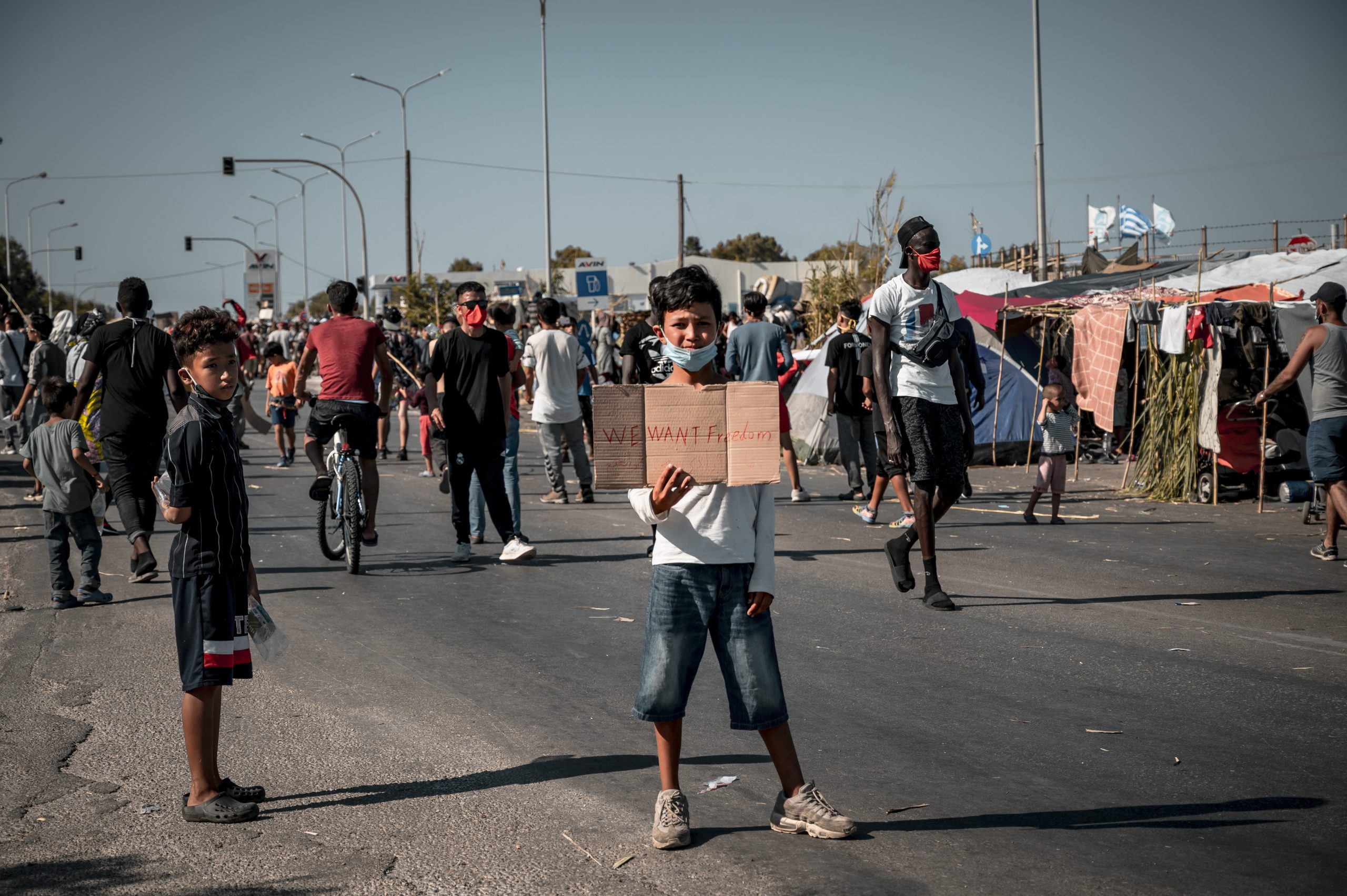
What happens in the delivery of mental health support for refugees in Europe?
We know that early mental health care is important for everyone who has been forcibly displaced, but particularly so for young people. Unfortunately, the reality is that, upon reaching Europe, there are often multiple post-migration stressors. Poverty is common and goes hand in hand with insecure housing, unemployment and social isolation as loneliness and boredom. And we should not forget ‘racial discrimination’, which is another particularly important stressor.
Poor access to medical and legal services is common. Many refugees may not speak the language of the country in which they arrive, and there are often no facilities to assist with this. With every delay in the ability to access mental health services, psychological issues have the opportunity to worsen. Usama El-Awad, psychologist at Bieleveld University in Germany, calls this the ‘intercultural competence’. He suggests we need more acculturation based primary support programs to improve the mental health.
Access to mental health care is often an issue for the citizens of host countries, and this is only compounded for refugees. People newly arrived in the country are often only entitled to limited acute health care and often no psychotherapeutic care. There may be no qualified professionals available in the refugee camps that people are so often subjected to.
It is worth bearing in mind that many refugees have a very specific set of diagnosis and treatment needs. Medical professionals may need to identify signs of torture and then manage a wide variety of mental health illnesses which then require long-term treatment. Additionally, medical translators are often required. These are extremely unique circumstances and training and funding continues to be an issue in many countries.
Understandably, it is incredibly difficult to cope with post-traumatic stress when your future prospects remain uncertain, as is the case for so many refugees. When difficult housing conditions, dragged out asylum application processes and restrictions on family reunification are added to pre-existing conditions it can result in a perfect storm. Eventually, an untreated mental health condition can lead to a mental health crisis requiring far more intensive treatment than would have been needed at the time of arrival.
As is the case in many host countries, mental illness and the need for treatment may be viewed in a negative light. Many refugees focus hard on integration and “forgetting” past traumatic events. This approach is largely unsuccessful in the long-term, and may result in underlying conditions worsening significantly before treatment is sought. This, in turn, can make treatment much harder.
Besides, studies have additionally shown that post-migration stress is also significantly associated up to 43% with depression and anxiety, despite the mental health impact of post-traumatic stress. Mental health care should focus on both pre- and post-migration stress in order to effectively promote mental health.


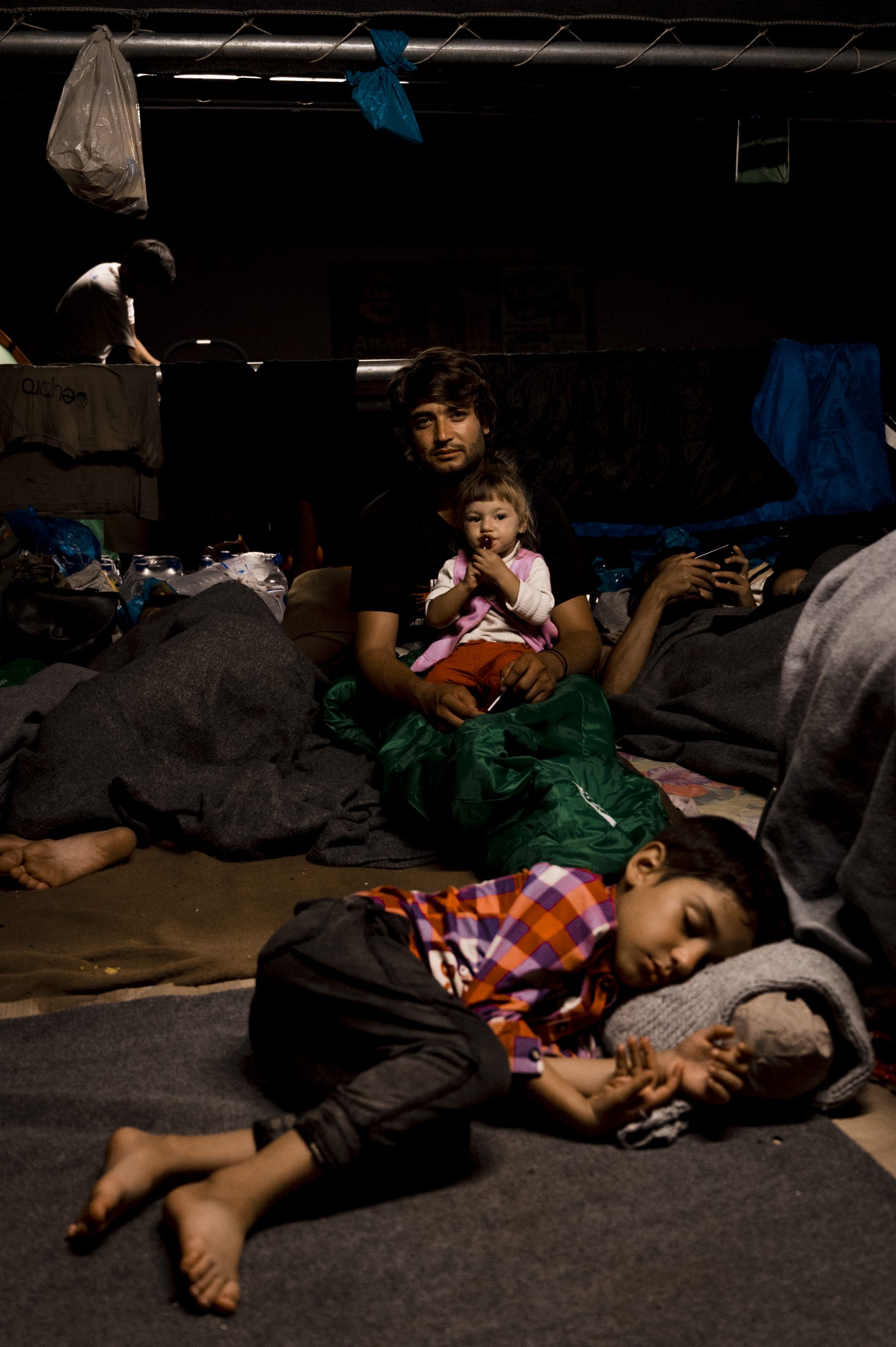
And they wait again…
Abdul-Karim, Emal, Zalmay, Khushal and Habib are four young brothers who live with their father, Rahmat. For two years they waited with their father on Lesvos for their asylum request to be accepted. They are between 12 and 17 years old.
After they lost their mother in a bombing incident in the city centre of Kabul, Afghanistan, the family decided to move to Europe. They travelled through Iran, Turkey and took the boat to Greece.
On the way to Greece, their youngest sister drowned in the Aegean Sea. Despite their extensive trauma the siblings tried to engage in as many activities as they could on Lesvos and showed incredible resilience. Today they are living on the island Crete, where they attend public school.
However, they suffer stoic discrimination from the local community: they aren´t integrated and they haven´t received the psychological support they need. They also didn’t receive Greek asylum yet and remain waiting. They don’t like it there but have assumed that there is no future anywhere else and try to make the best of it.
* Names are changed for protection
How is Europe helping refugees dealing with their mental health issues?
The Health Programme in Europe provides funding to member countries of the EU to improve and support healthcare for migrants. These funds are intended for countries experiencing the greatest numbers of migrant arrivals. The aim of the programme is to train healthcare professionals in conditions they may be unfamiliar with, ensure that communicable diseases can be monitored, and vaccinations or health supplies delivered appropriately.
It’s important to remember that many refugees have overcome huge odds to arrive safely in Europe. Whilst cultural differences are easy for many of us to understand, mental health issues often play a huge role in the way that new arrivals are able to integrate into a society that makes perfect sense to us. Until everyone is able to access the mental health services that they so desperately need, there will continue to be significant difficulties for the refugee population throughout Europe.

Note
This article is written with the help of psychologists Usama EL–Awad, M.Sc. and Myriam Correa Zamora. – Thank you!
* Names in this article are changed to protect the people involved. The photos do not belong to the stories and are made on Lesvos after the fire destroyed Moria refugee camp.
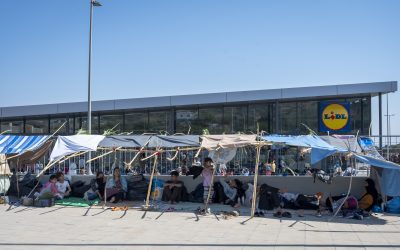
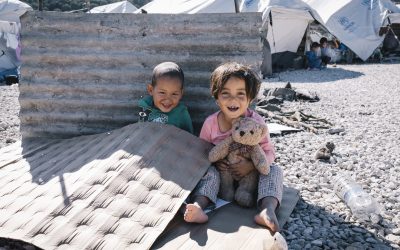
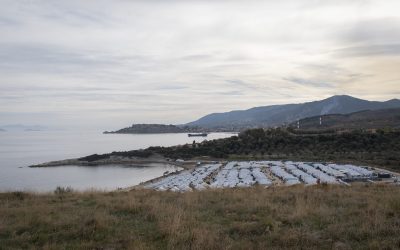
A really great and scientifically informative article. Thank you for this great work, Milene. This description gives me insights into the psychological situation of refugees.
Hi Peter, thank you for your kind message Peter. That’s exactly what I try to do.